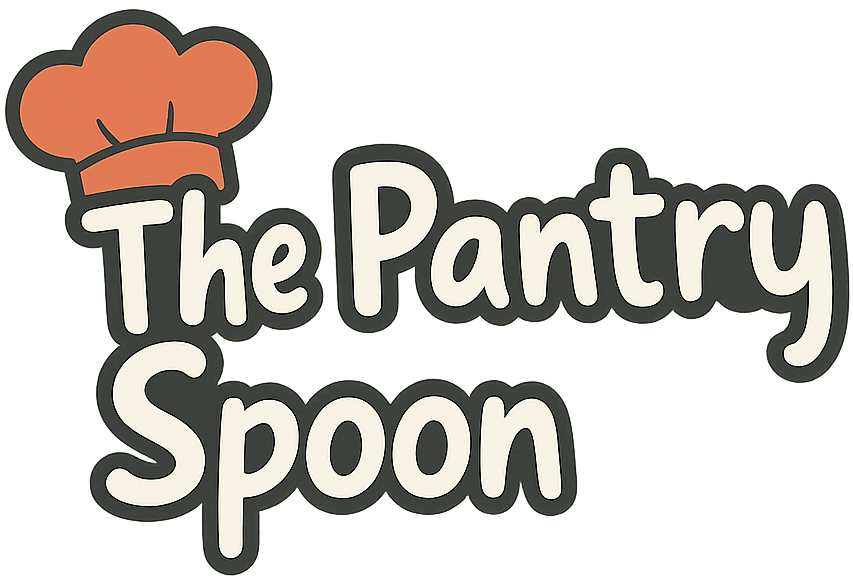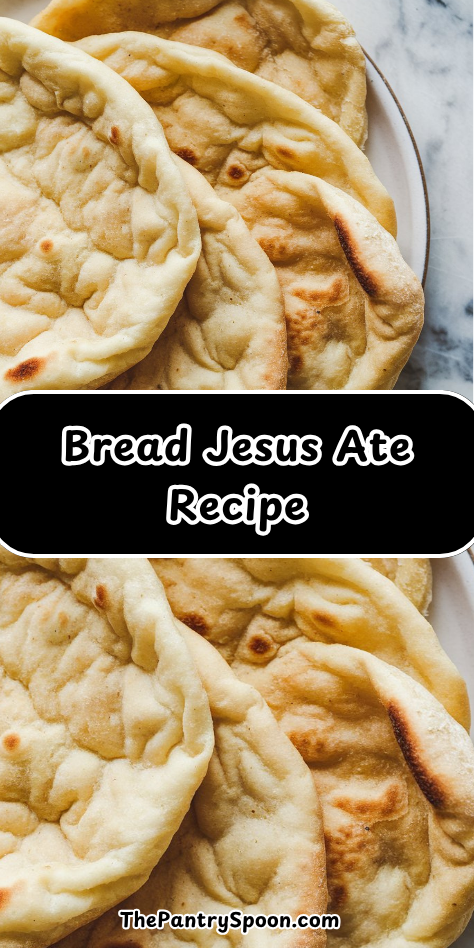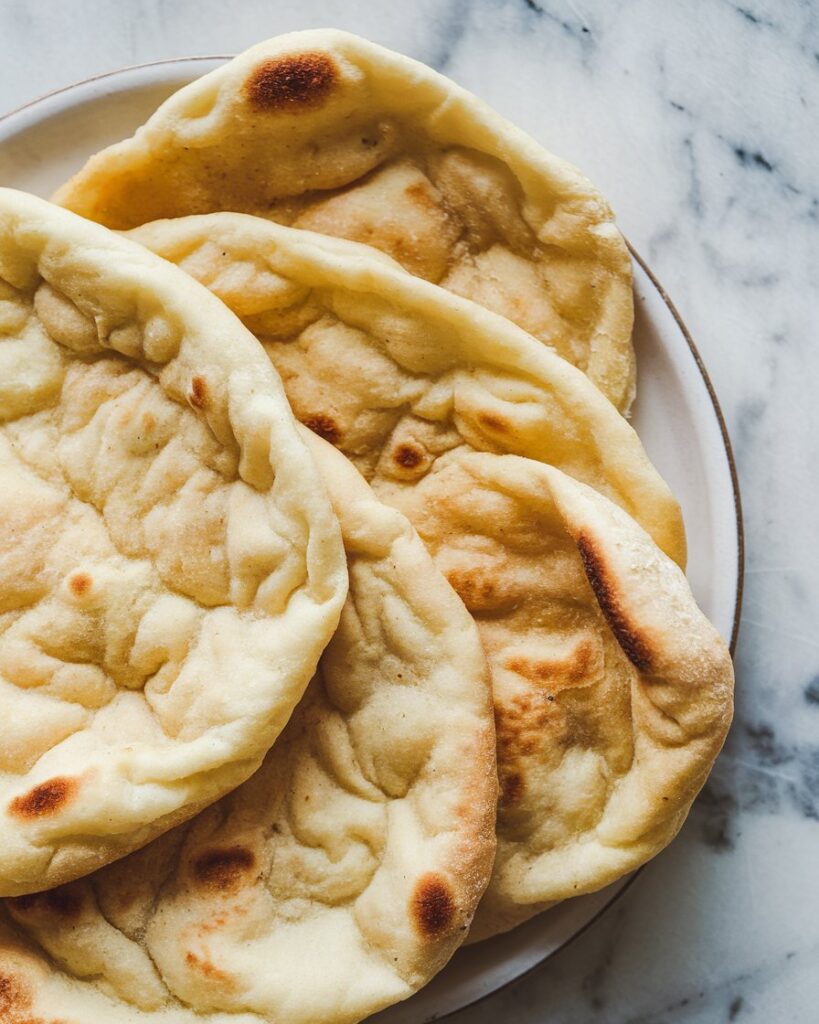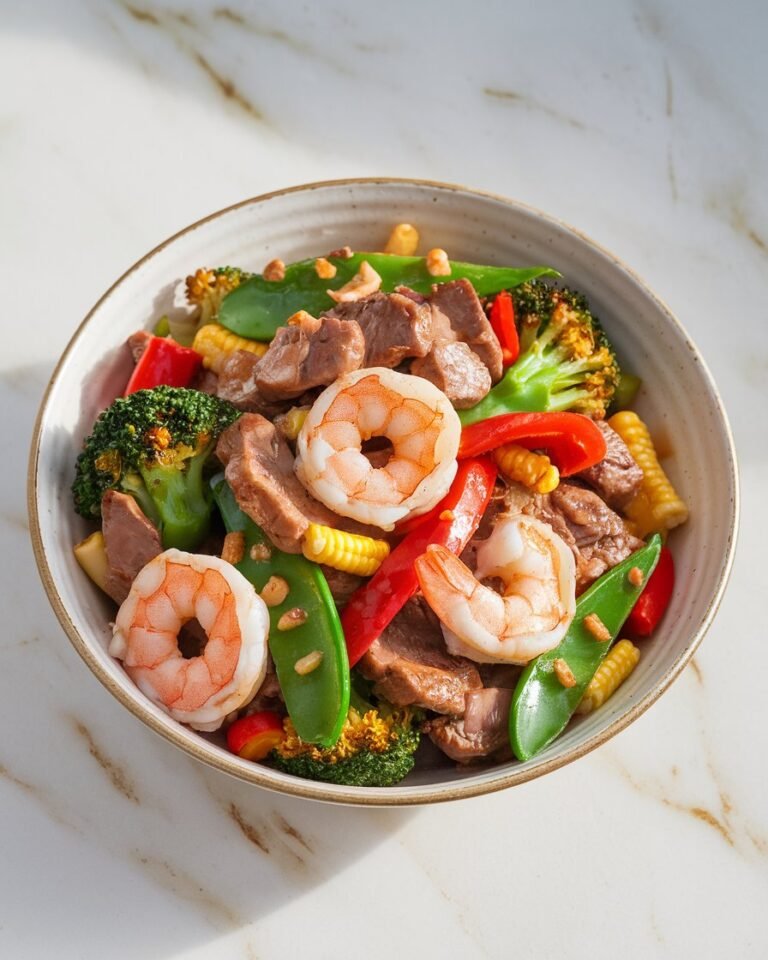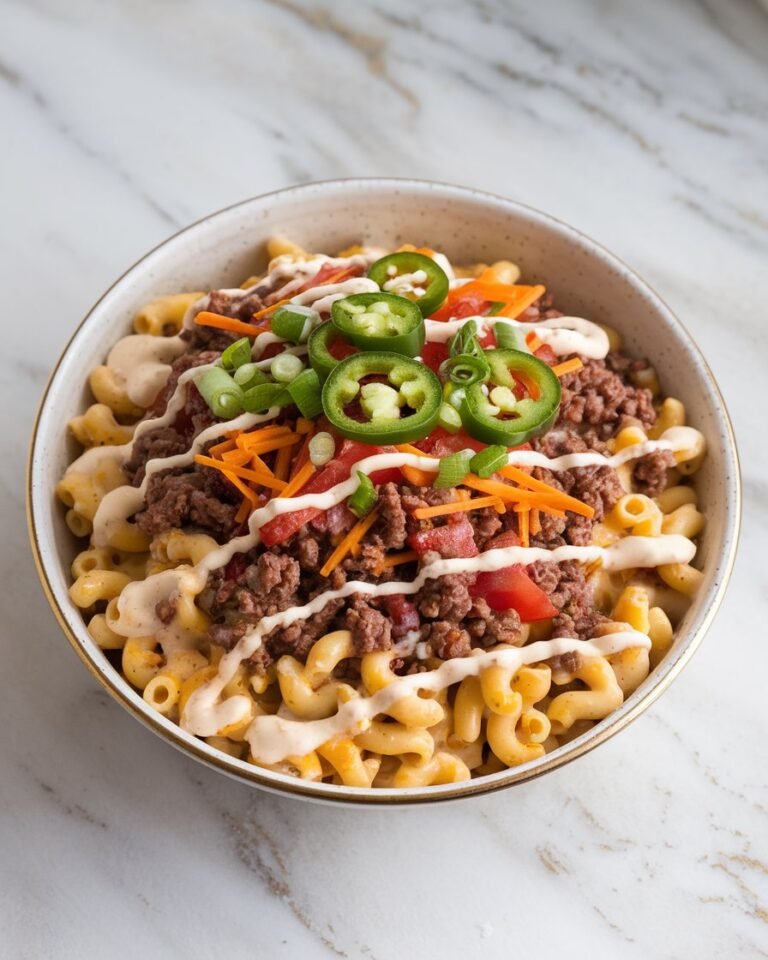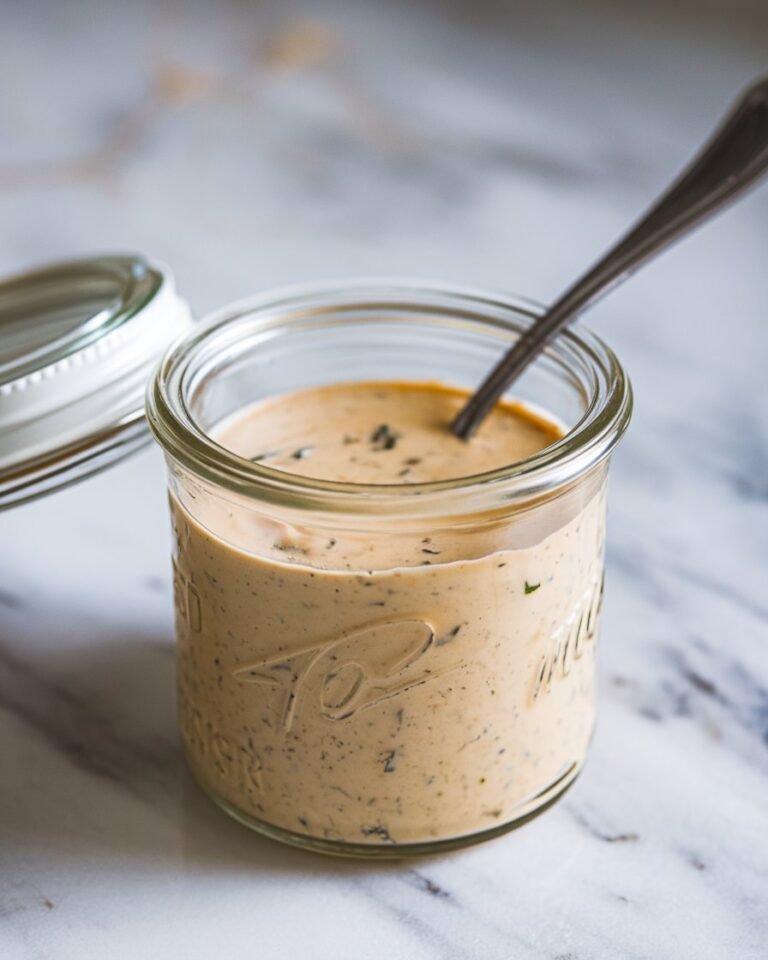When we sit down to a meal, it’s easy to forget that food carries history. But when you bake this unleavened bread inspired by what Jesus would have eaten, you’re stepping into a tradition that stretches back thousands of years.
This recipe reflects the kind of simple flatbread common in first-century Israel—made without yeast, using only basic, wholesome ingredients.
Bread like this was likely present at meals Jesus shared with his disciples, including the Last Supper. It’s the same kind of bread used for Passover and still baked today in many Middle Eastern homes.
Whether you’re preparing for a church communion service, a biblical reenactment, or simply want a deeper connection to your faith through food, this bread is both symbolic and nourishing.
Why You’ll Love This Recipe
This bread is incredibly simple and made with just a handful of pantry ingredients—flour, water, olive oil, and salt. There’s no yeast, no rise time, and no fancy equipment required. You can mix it, roll it out, and bake it in under 30 minutes.
But beyond the ease, there’s something deeply powerful about making and eating this bread. It invites a moment of reflection—on tradition, on simplicity, and on the timeless act of breaking bread with others.
It’s naturally vegan, has a rustic flavor, and makes a wonderful accompaniment to soups, stews, and Scripture readings alike.
What You’ll Need
- 2 cups whole wheat flour (or all-purpose if preferred)
- ½ teaspoon salt
- 2 tablespoons olive oil
- ¾ cup water (more as needed)
- Optional: herbs like thyme or rosemary for a more aromatic version
Pro Tips
- Use warm water—it makes the dough easier to mix and knead.
- Don’t over-knead—this is a rustic flatbread, so minimal handling keeps it tender.
- Cook on a hot surface—a preheated skillet or baking stone gives a nicely blistered texture.
- Keep it thin—rolling the dough out to ⅛ inch ensures it bakes quickly and evenly.
- Try it fresh—this bread is best warm, right after it’s baked.
Tools You’ll Need
- Mixing bowl
- Rolling pin or wine bottle
- Cast iron skillet, griddle, or baking stone
- Spatula or tongs
- Measuring cups and spoons
- Clean towel or cloth to keep bread warm
Substitutions and Variations
- Flour: Whole wheat adds depth, but all-purpose flour makes a milder version.
- Add-ins: Mix in dried herbs or crushed garlic for flavor.
- Oil-free: You can omit olive oil for a more traditional Passover version.
- Bake or fry: Use a dry skillet, oven, or lightly oiled griddle depending on your preference.
- Sweet version: Add a teaspoon of honey for a subtle flavor.
Make Ahead Tips
- Make dough ahead: Cover and refrigerate up to 24 hours before baking. Let it come to room temperature before rolling out.
- Cooked bread: Store cooled bread wrapped in a cloth or airtight container for up to 2 days. Reheat in a skillet or wrap in foil and warm in the oven.
- Freeze flatbread: Layer with parchment paper and freeze. Toast or reheat as needed.
How to Make Bread Jesus Ate – Simple Unleavened Bread
Step 1: Mix the Dough
In a medium bowl, combine flour and salt. Add olive oil and water. Stir with a spoon until a dough forms.
Step 2: Knead and Rest
Turn the dough onto a lightly floured surface. Knead gently for 2–3 minutes until smooth. Cover with a towel and let rest for 10 minutes.
Step 3: Divide and Roll
Divide the dough into 6 equal portions. Roll each into a thin circle or oval, about ⅛ inch thick.
Step 4: Cook the Bread
Heat a dry skillet or baking stone over medium-high heat. Cook each flatbread for 1–2 minutes per side, until lightly browned and bubbled.
Step 5: Serve Warm
Wrap cooked breads in a towel to keep warm. Serve immediately with olive oil, stew, or simply as part of a faith-centered meal.
Leftovers and Storage
- Store at room temp in a towel or airtight bag for up to 2 days.
- Reheat in a skillet or wrapped in foil in a 300°F oven for 5–7 minutes.
- Freeze cooked bread in layers with parchment paper, sealed in a zip bag. Reheat directly from frozen.
Recipe FAQs
1. Is this the actual bread Jesus ate?
While we can’t be exact, this unleavened flatbread is based on traditional ingredients used in biblical times—flour, water, oil, and salt.
2. Can I make this without oil?
Yes! Many biblical recipes omit oil. You can make a completely flour-and-water dough if preferred.
3. What does it taste like?
It’s earthy, simple, and slightly nutty—especially with whole wheat flour. Perfect with olive oil or as part of a simple meal.
4. Can I bake instead of pan-cooking?
Yes, bake at 400°F on a hot stone or tray for 5–7 minutes until lightly golden.
Breaking Bread the Ancient Way – A Taste of Simplicity and Faith
This unleavened bread inspired by what Jesus may have eaten is more than just a recipe—it’s a connection to tradition, Scripture, and the table of shared meals. Whether you’re observing Passover, hosting a faith-based gathering, or simply seeking a wholesome homemade bread, this simple, timeless recipe is a beautiful way to reflect and nourish.
Try it out and let it lead you into a slower, more meaningful moment—then leave a comment below to share your experience or how you served it.
